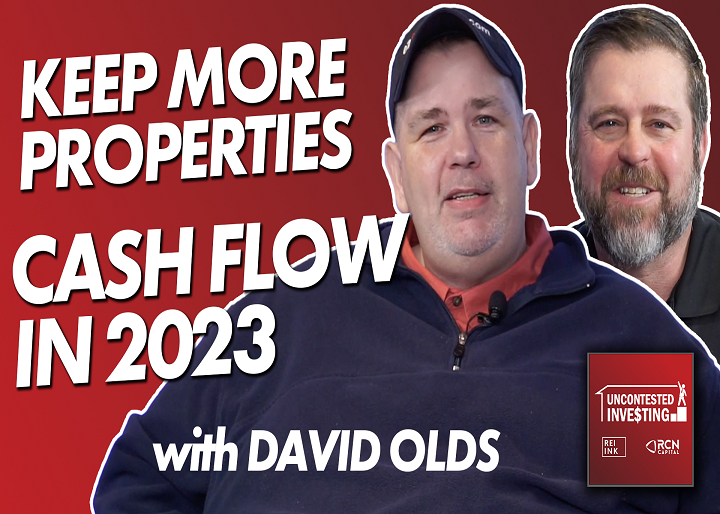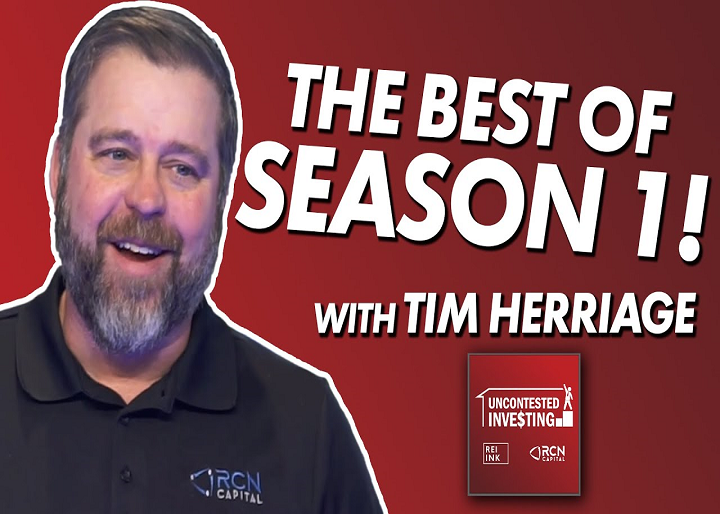real estate is your retirement vehicle
Mohammed Diab is a Doctor of Pharmacy who was born and raised in Saudi Arabia. He moved to the United States for a better future and today, he has left his career in healthcare to flip houses and own rental properties. Listen to this episode to learn more about Mohammed, his story, and how he built his real estate business shortly after migrating to the US from Sudan! Quotables “Everybody
Read More










